best rizen processor Amd at the forefront of the semiconductor business for a long time. Starting out as an authorized chip manufacturer for giants like Intel, it was a major name in the field for quite some time. The company eventually began planning its own chips, although its most memorable major success was when it introduced the first 64-cycle work area chip in 2003, beating Intel in advertising. Fast forward to the present day and AMD has become a dominant player in the central processor market, offering great performance at a serious cost. From work area computers to servers and
Since the arrival of AMD’s Ryzen arrangement in 2017, the company has gained an impressive share of the central processor industry. In light of this, you may now be faced with the complex decision of choosing the best AMD computer chip for your needs. Here’s our AMD Central Processor manual to help you with this.
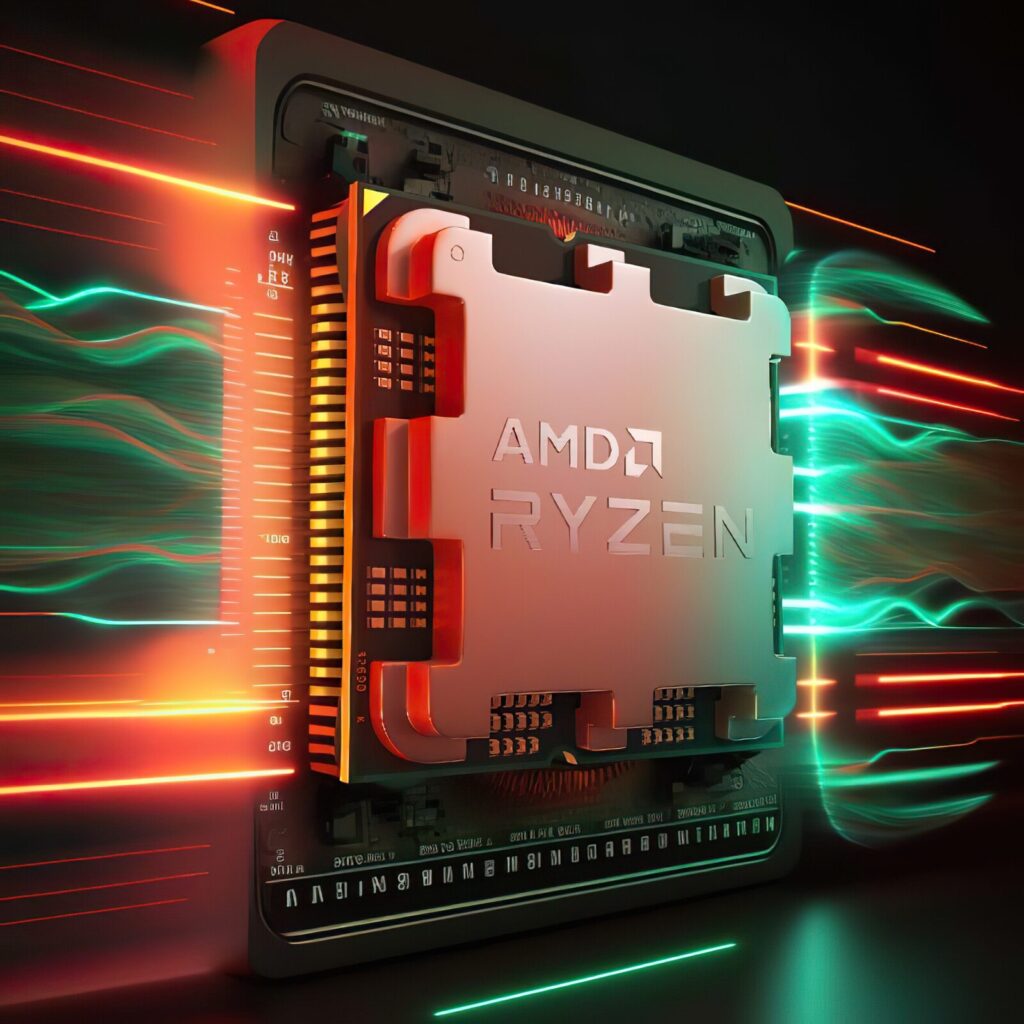
AMD CPU vs APU, and processor naming conventions
AMD shows computer chip vs. APU, and processor nomenclature
AMD’s naming show for its processors isn’t overly confusing. AMD offers two types of processors – computer chips and APUs. APU, or Speeded Up Handling Unit, is just a showcasing name that AMD uses for computer processors that include Radeon graphics. For Ryzen setups, the naming structure consists of the brand name and tier followed by the model number and sometimes a postfix. The model number is four digits.
While we’ve only got four significant ages of Ryzen computer chips so far, there are seven series in total – 1000, 2000, 3000, 4000, 5000, 6000, and 7000. This is because in some cases AMD is including a similar design for more than one series. Although you can certainly relax, none of it really matters today if you’re looking for another work area or PC
The first two digits of a Ryzen processor’s model number highlight its age and performance level.
The main digit of the model number tells you the series of the processor. For example, Ryzen 7xxx tells us that we’re probably dealing with the latest chip.
The next digit is an exhibition identifier; The higher, the better. With these two principles, you can tell that the Ryzen 7600 is not only fresher than the Ryzen 5500, but also more performant.
AMD CPU vs APU, and processor naming conventions
AMD’s naming convention for its processors is not very complicated. AMD offers two types of processors — CPUs and APUs. An APU, or an Accelerated Processing Unit, is just a marketing name that AMD uses for its CPUs that have integrated Radeon graphics. For the Ryzen lineup, the naming system includes the brand name and tier followed by the model number, and sometimes, a suffix. The model number is four-digits long.
While we’ve only got four major generations of Ryzen CPUs so far, there are seven series in total — 1000, 2000, 3000, 4000, 5000, 6000, and 7000. That’s because AMD sometimes used the same architecture for more than one series. But don’t worry, none of that really matters today if you’re just shopping for a new desktop or laptop.
The first two digits of a Ryzen processor’s model number reveal its age and performance level.
The first digit in the model number tells you the series of the processor. For example, Ryzen 7xxx tells us that we’re dealing with one of the latest chips.
The second digit is a performance identifier; the higher, the better. With these two rules, you can tell that the Ryzen 7600 is not only newer than the Ryzen 5500, but also more performant.
AMD sometimes also uses suffixes after the model number to help identify the other features of its processors. Here’s a legend of the AMD processor suffixes we’ve seen so far.
| Suffix | Meaning |
|---|---|
| G | Has integrated AMD Radeon Graphics |
| GE | Has integrated AMD Radeon Graphics, but lower performance |
| X | Higher-clocked desktop processor |
| XT | Higher-clocked desktop processor with even better performance than X |
| S | Energy efficient desktop processor with integrated AMD Radeon Vega Graphics |
| H | High-performance mobile processors with integrated graphics |
| HS | High-performance processors with integrated graphics and lower power draw |
| U | Lower clocked mobile processors for thin-and-light laptops |
AMD Ryzen series processors

AMD Ryzen processor stands on red foundation
AMD Ryzen is the company’s most famous processor setup. After a few years of somewhat quiet disagreement in the market, AMD introduced its ancient Harmony design with the Ryzen series of computer chips. Delivered in 2017, it has become a strong alternative to Intel’s center setup in practically no time
Like Intel’s Center series, Ryzen also has four tiers. You can track down the Ryzen 3, 5, 7, and 9 chips present in two work areas and PCs nowadays. While AMD surprised Intel with its stellar presentation shortly after Ryzen’s debut, the gap between the two organizations’ contributions has narrowed since then. Also, as a rule, Intel and AMD will exchange wins starting from one age and moving to the next.
AMD Ryzen 3 Computer Processors: The Basics
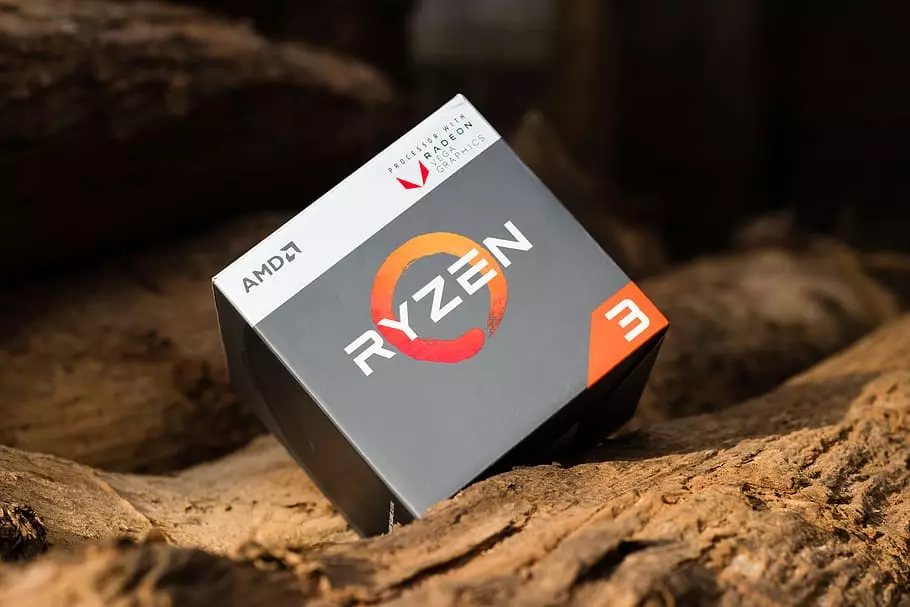
AMD Ryzen 3300X
AMD’s Ryzen 3 is the most affordable in this series. The company delivers strong performance with these chips, and they fit well into budget computers. Ryzen 3 chips are also suitable for cheap gaming PC fabrication, home PCs for essential needs, or something like a budget home theater PC.
Sadly the Ryzen 3 setup has been in a piece with no new deliveries for a long time. No new chips arrived in the 5000 series, and we’re over a year into the 7000 series without any sign of Ryzen 3. Until further notice, you have two APU options with late-era Harmony 2-based designs. These were the more established Ryzen 3 chips delivered
AMD Ryzen 3 3300X — Our AMD Ryzen 3 CPU recommendation
- 4 cores, 8 threads
- 3.8GHz base clock
- 4.3GHz boost clock
- L1/L2/L3 cache: 256KB/2MB/16MB
- Supports up to 3200 MHz DDR4 RAM
- 65W TDP
- MRP: ₹5999
AMD Ryzen 5 CPUs: The reasonable choice

AMD Ryzen 5 offers a solid middle-ground for those looking for a processor that can perform well without breaking the bank. It’s simply the best CPU series for most people. Ryzen 5 is perfect for mid-range systems like affordable workstations or gaming systems that don’t need to go all out. And with the Zen 4-based 7000 series, Ryzen 5 got even more powerful.
AMD’s 7600X currently sits at the top of the Ryzen 5 stack, offering six cores and 12 threads at a boost clock of over 5GHz. Over on the laptop side, look for model numbers in the 7x4x series. The third digit signifies the exact Ryzen generation, or Zen 4 in this case. You may also see the letter U or HS tacked on to the end of the model number. You can reference our suffix table above to understand what they signify.
AMD Ryzen 5 7600X — Our AMD Ryzen 5 CPU recommendation
- 6 cores, 12 threads
- 4.7GHz base clock
- 5.3GHz boost clock
- L2/L3 cache: 6MB/32MB
- Supports up to 5200MHz DDR5 RAM
- 105W TDP
- MRP: ₹22869
AMD Ryzen 7 CPUs: High-end performance

AMD Ryzen 7 is the former flagship CPU tier from AMD. These high-performance processors target workstations, content creation, and high-end gaming. If you’re looking for a high-end AMD Ryzen processor but want to stop short of excess, Ryzen 7 is a perfect choice. There are also a couple of variants with the X3D suffix, which adds an extra bit of cache to the chip. This helps achieve better performance while gaming but can have a negative impact in non-gaming tasks.
The best desktop processor in the Zen 4 series is currently the Ryzen 7 7800X3D, has eight cores and 16 threads. It has AMD’s 3D V-Cache technology that offers better gaming performance. However, it also has a higher maximum power draw at 120W to power all that silicon.
Laptops, meanwhile, have moved on to the Ryzen 8000 nomenclature, even though the company hasn’t released a new CPU architecture yet. The Ryzen 7 8845HS sits at the top of the stack. The 8840U retains the same number of cores and threads, but consumes less power and is designed for ultrabooks.
AMD Ryzen 7 7800X3D — Our AMD Ryzen 7 desktop CPU recommendation
- 8 cores, 16 threads
- 4.2GHz base clock
- 5.0GHz boost clock
- Supports up to 5200 MHz DDR5 RAM
- 120W TDP
- MRP: ₹44999
AMD Ryzen 9 CPUs: No compromises

AMD Ryzen 9 offers the maximum performance in the Ryzen series. It’s the flagship lineup of the Ryzen brand, and it packs in just about all the features you could get from a consumer CPU at this point. For gaming systems and content creation rigs made to handle the most intense workloads, Ryzen 9 is the right choice.
High-performance CPUs are unlikely to be used without a dedicated GPU. Even so, AMD has included graphics in all of its latest high-end processors. AMD offers quite a few CPU options in this tier, with two different core configurations. You can either go for a 12-core, 24-thread CPU or max it out with the 16-core, 32-thread option.
You’ll find the Ryzen 9 8945HS in some of the highest-end gaming laptops. It packs a similar core configuration as the nearest Ryzen 7 chip, but boasts a boost clock of up to 5.2 GHz.
AMD Ryzen 9 7950X — Our AMD Ryzen 9 CPU recommendation
- 16 cores, 32 threads
- 4.5GHz base clock
- 5.7GHz boost clock
- L2/L3 cache: 16MB/64MB
- Supports up to 5200 MHz DDR5 RAM
- 170W TDP
- MRP: ₹66499
AMD Ryzen Threadripper series processors
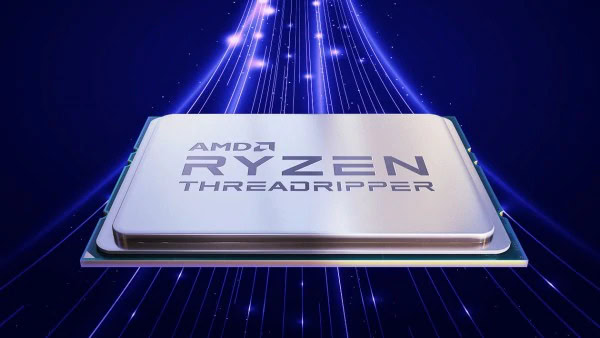
AMD
AMD’s high-performance CPU lineup doesn’t stop at the Ryzen 9 series. The Threadripper line has some of the beefiest and most insanely overpowered processors you can buy.
While AMD’s Ryzen chips max out at a 170W TDP, AMD doesn’t hold back with the Ryzen Threadripper lineup. You get a max TDP of up to 350W, and a whopping 64 cores and 128 threads. Ryzen Threadripper processors are also quite huge in size compared to the Ryzen chips. The extra room goes for all the additional silicon and core configurations.
The Ryzen Threadripper 7980X and 7970X are some of the best CPUs on the retail market today, although they will cost a pretty penny. The Threadripper line isn’t meant for gaming and casual use and you may even see these CPUs perform worse than their mainline Ryzen counterparts. This is because they have lower clock speeds to account for the high core count.
AMD Ryzen Threadripper 7980X — Upper-end AMD Ryzen Threadripper CPU
- 64 cores, 128 threads
- 3.2GHz base clock
- 5.1GHz boost clock
- Supports up to 5200 MHz DDR5 RAM
- 350W TDP
- MRP: ₹5,64,999
AMD Pro, Epyc, embedded, and FX-series processors
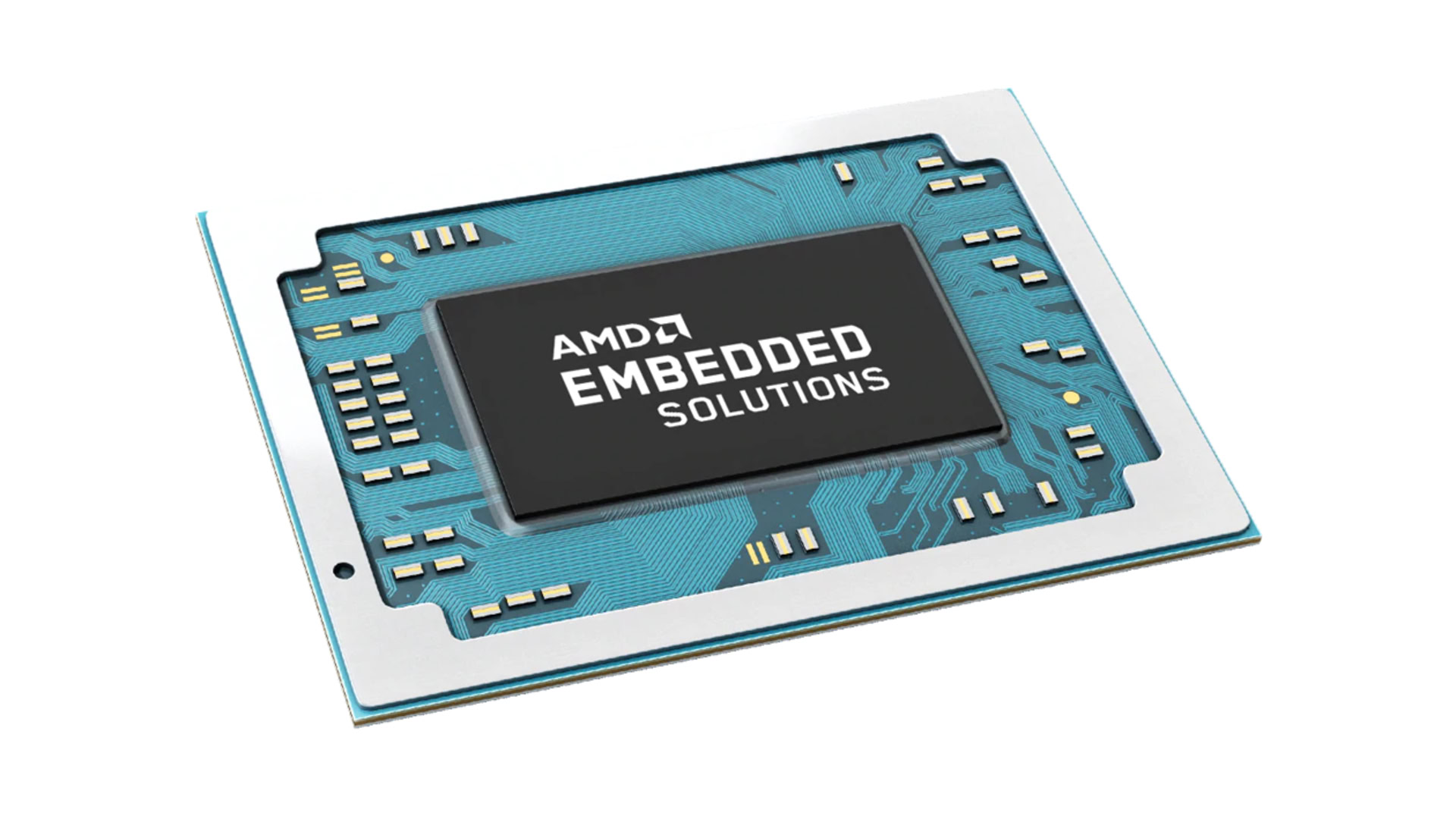
AMD
AMD has a few other processor lineups that target the enterprise end of the market. While the company’s consumer strategy works well for it, it has also made some serious strides in the enterprise space.
AMD Pro processors
AMD Pro is actually an umbrella brand for several series of processors meant for the enterprise market. Ryzen, Threadripper, and Athlon all have their own Pro series offerings. The company promises to focus on security with these processors. Security features include AMD Memory Guard for real-time encryption of system memory and AMD Shadow Stack hardware-level protection against control-flow attacks. There are also more implementations from OEMs and some OS-level features in Windows 10. You also get enterprise-grade support.
AMD Epyc processors
AMD Epyc is the company’s lineup of server CPUs, available only in OEM server systems. The EPYC lineup takes the capabilities you can see in the Threadripper series and scales it up to meet the heavy requirements of the server market. AMD has two series in the EPYC lineup, the 7002 series, and the 7003 series. The AMD Epyc 7002 series is the Zen 2-based platform, and the 7003 is the latest Zen 3-based server CPU lineup. You get up to 64 cores and 128 threads, and TDPs go up to 280W.
AMD embedded processors
AMD also offers embedded solutions for a variety of low-power and space-constrained applications. AMD’s Epyc and Ryzen platforms both have embedded versions. Epyc has three embedded chip series — the 3000 series for affordable server applications, the 7001 series based on Zen architecture, and the 7002 series based on Zen 2. There’s no Zen 3 embedded Epyc series yet. Ryzen gets multiple embedded CPU lineups, the most prominent being the performance-focused R-series and the low-power G-series.
The future of AMD processors
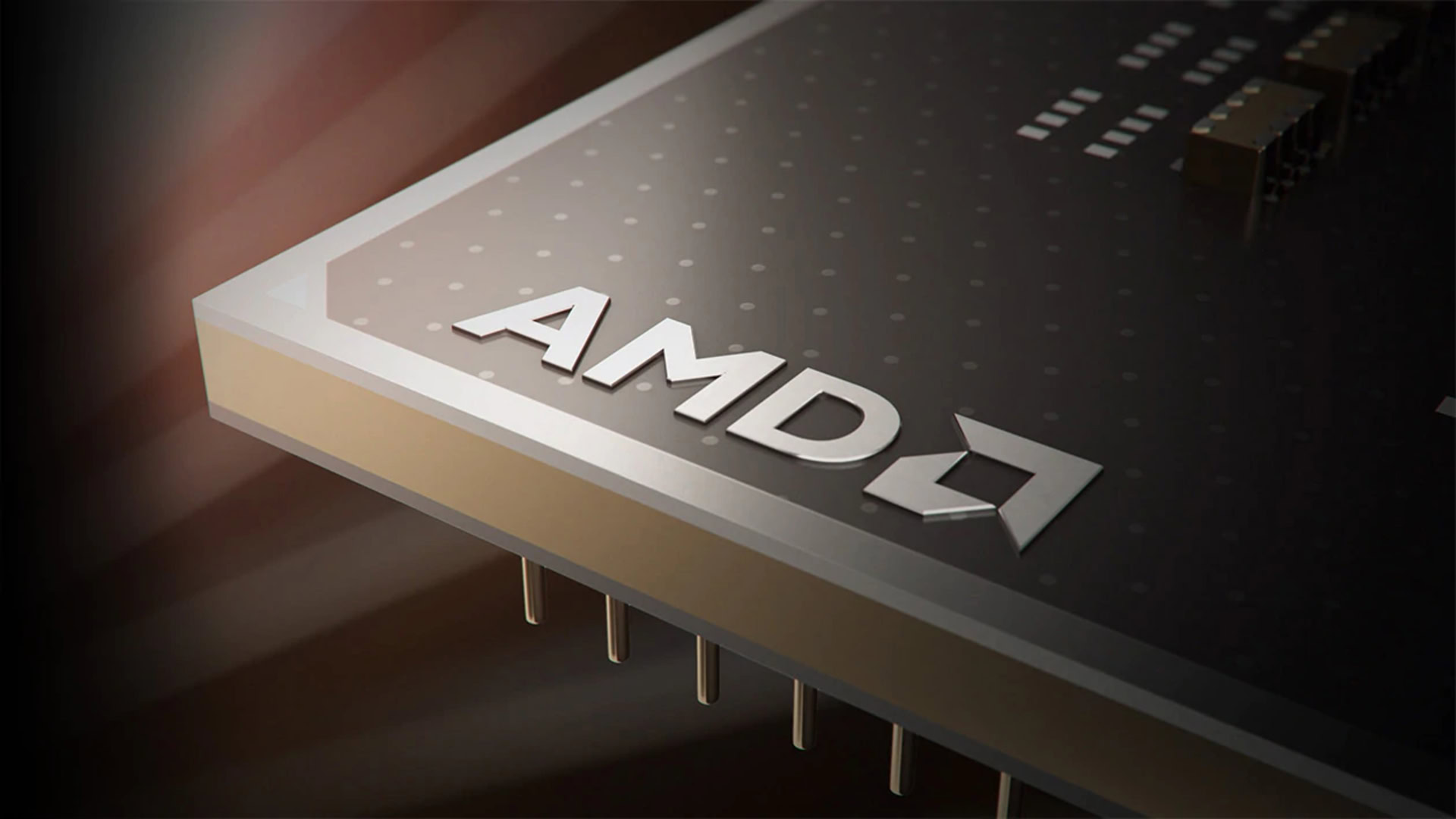
AMD
AMD seems prepared on all fronts when it comes to its processor strategy. It has a more streamlined set of offerings than Intel, as seen in this AMD CPU guide and it is quickly becoming the preferred CPU brand for more and more folks. The company has no plans of slowing down either. We’ll likely see it go to smaller and smaller manufacturing processes in the coming years as Intel tries to catch up.
AMD also recently acquired Xilinx — a big name in the FPGA and networking business. That’s a potential goldmine in terms of diversification. AMD has had a flip-flop pattern in the past, where they did well for a few years but then lost steam. However, it has never bounced up this well, and if it keeps doing what it has been doing in recent years, there’s no stopping it from stealing valuable market share. For consumers, that can only be a good thing as Intel is also competing harder than ever. More competition means better products and lower prices for everyone.
Appreciating the time and effort you put into your website and detailed information you offer. It’s great to come across a blog every once in a while that isn’t the same old rehashed information. Excellent read! I’ve saved your site and I’m adding your RSS feeds to my Google account.
You could definitely see your skills in the work you write. The world hopes for even more passionate writers like you who aren’t afraid to say how they believe. Always follow your heart.
I like what you guys are up also. Such clever work and reporting! Carry on the superb works guys I’ve incorporated you guys to my blogroll. I think it will improve the value of my web site :).
Thank you for the auspicious writeup. It in fact was a amusement account it. Look advanced to more added agreeable from you! By the way, how can we communicate?
dhirajkr693@gmail.com
Thank you a bunch for sharing this with all people you really realize what you are speaking about! Bookmarked. Please additionally talk over with my website =). We could have a hyperlink alternate contract among us!
Superb blog you have here but I was wanting to know if you knew of any discussion boards that cover the same topics discussed in this article? I’d really love to be a part of online community where I can get responses from other experienced individuals that share the same interest. If you have any recommendations, please let me know. Kudos!
Yay google is my queen helped me to find this great site! .
I’m impressed, I need to say. Really hardly ever do I encounter a weblog that’s both educative and entertaining, and let me inform you, you could have hit the nail on the head. Your thought is outstanding; the problem is one thing that not sufficient people are speaking intelligently about. I’m very glad that I stumbled across this in my search for one thing relating to this.